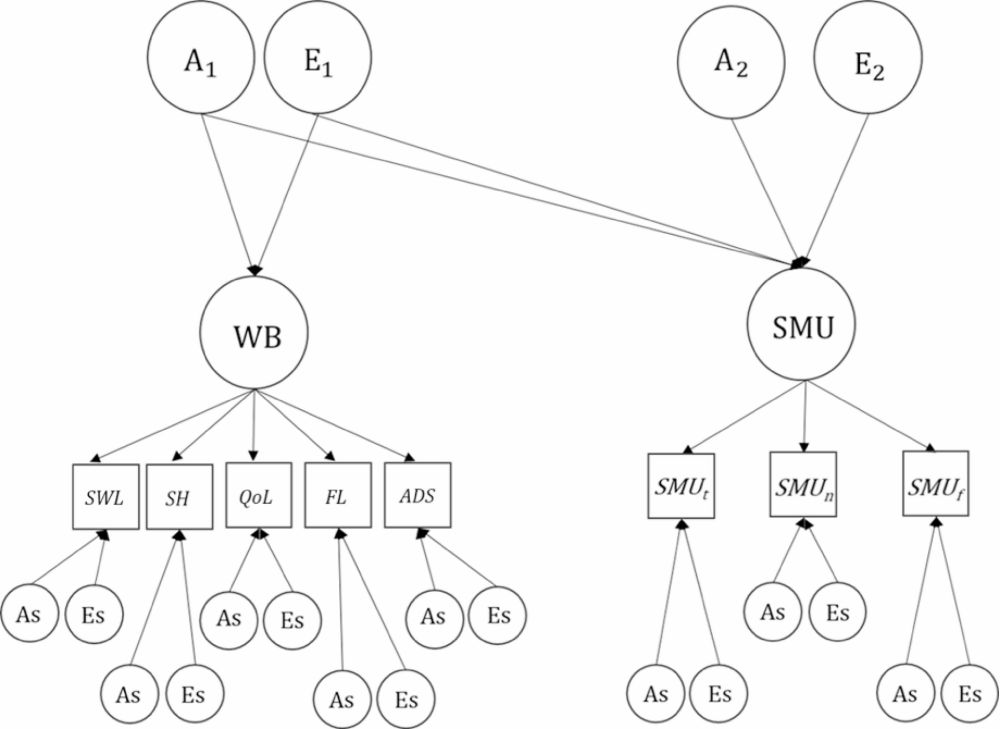Max Planck Institute for Psycholinguistics
@mpi-nl.bsky.social
1.7K followers
250 following
190 posts
We undertake fundamental research into the psychological, social and biological foundations of #language | Onderzoeksinstituut voor #taal, van genetica tot gedrag |
Posts
Media
Videos
Starter Packs














